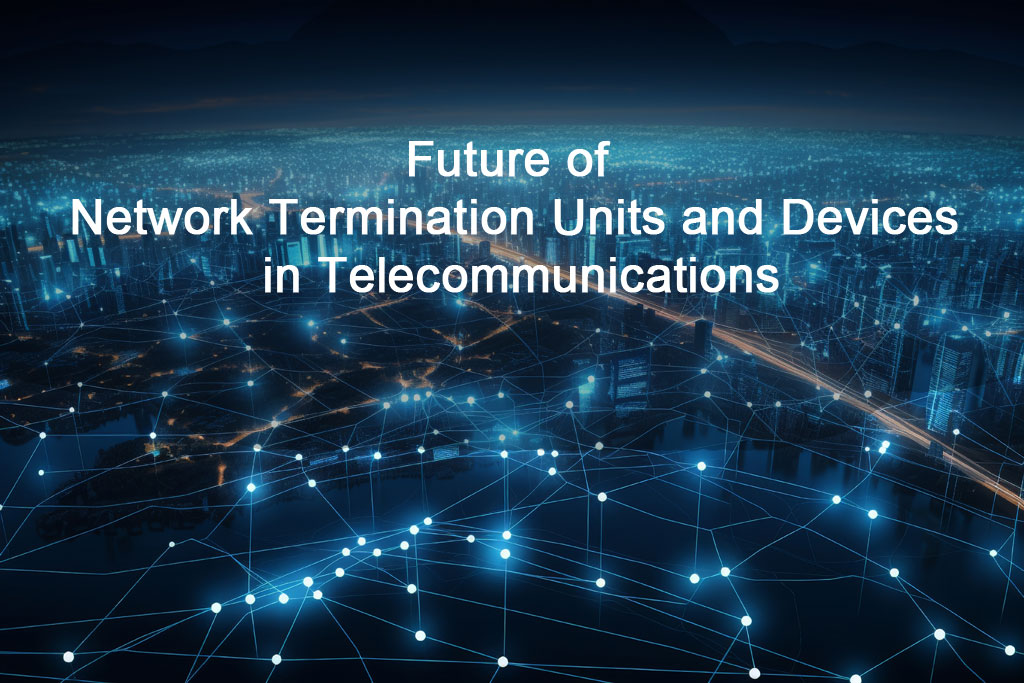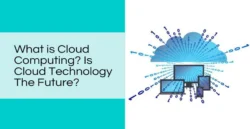Network Termination Units (NTUs) and Network Termination Devices (NTDs) are essential components in telecommunications, serving as the critical interface between customer premises equipment (CPE) and service provider networks. These devices ensure seamless connectivity by converting signals, such as optical to electrical, and act as demarcation points that separate the provider’s infrastructure from the customer’s internal network. Historically significant in technologies like Integrated Services Digital Network (ISDN), NTUs and NTDs have evolved to support modern broadband systems, such as Australia’s National Broadband Network (NBN). As we approach 2025 and beyond, emerging trends like 5G, 6G, artificial intelligence (AI), edge computing, satellite communications, Open Radio Access Network (Open RAN), cybersecurity, and sustainability are set to redefine the role of NTUs and NTDs. This article explores their future, highlighting how these devices will adapt to meet the demands of next-generation telecommunications.
Current State of NTUs and NTDs
NTUs and NTDs are currently deployed across various network technologies, facilitating connectivity in homes, businesses, and institutions. In Australia’s NBN, NTDs are tailored for connection types like Fibre to the Premises (FTTP), Fibre to the Node (FTTN), Fibre to the Building (FTTB), and Hybrid Fibre Coaxial (HFC). These devices convert signals from the provider’s network—such as optical signals in FTTP or coaxial signals in HFC—into formats compatible with customer equipment like routers or modems. They also serve as demarcation points, clarifying responsibility for network issues and aiding troubleshooting. Many NTUs and NTDs include diagnostic tools to monitor connectivity and resolve problems efficiently. Recent advancements, such as the NBN’s introduction of NTDs like the Nokia XS-010X-Q (supporting up to 10 Gbps symmetrical speeds) and the ARRIS CM3500B/AU for HFC (with a 2.5 Gbps Ethernet port), demonstrate their ongoing evolution to support high-speed broadband.
Emerging Trends in Telecommunications
Several transformative trends are shaping the telecommunications landscape, influencing the future design and functionality of NTUs and NTDs:
- 5G and 6G: The global rollout of 5G networks offers higher speeds, lower latency, and massive device connectivity. By 2027, global telecom data traffic is projected to reach 9.7 petabytes, driven by demand for high-speed, low-latency connectivity. Looking ahead, 6G is expected to introduce ultra-low latency, ubiquitous connectivity, and integration with technologies like the Metaverse, requiring NTUs and NTDs to support advanced network capabilities.
- AI and Automation: AI is revolutionizing network management with predictive maintenance, automated optimization, and enhanced security. AI-driven networks can self-heal and provide personalized services, necessitating NTUs and NTDs with intelligent functionalities.
- Edge Computing: Edge computing processes data closer to its source, reducing latency and bandwidth usage. With 79.4 zettabytes of data expected from IoT devices in 2025, NTUs and NTDs may need to incorporate local processing capabilities to support applications like autonomous vehicles and smart cities.
- Satellite Communications: The rise of Low Earth Orbit (LEO) satellites, with nearly 8,000 active satellites orbiting Earth, is expanding connectivity to remote areas. NTUs and NTDs may need to interface with satellite networks to provide broadband access where terrestrial infrastructure is limited.
- Open RAN: Open RAN promotes a disaggregated approach to wireless networks, enabling interoperability and flexibility. By the end of 2025, 58% of telecom executives expect scaled, live Open RAN deployments, which could lead to standardized NTUs and NTDs compatible with multiple vendors.
- Cybersecurity: As networks grow more interconnected, cybersecurity is critical. NTUs and NTDs will need advanced security features like encryption and intrusion detection to protect against cyber threats.
- Sustainability: The telecom industry is prioritizing sustainability, with efforts to reduce energy consumption and carbon footprints. Future NTUs and NTDs may use energy-efficient components and recyclable materials.
- Industry Consolidation: Mergers and acquisitions, such as Verizon’s $20 billion acquisition of Frontier Communications, are reshaping the telecom landscape, potentially leading to standardized or innovative NTU and NTD designs.
Future of NTUs and NTDs
The future of NTUs and NTDs will be shaped by their ability to adapt to these trends, ensuring they remain integral to telecommunications infrastructure. Key developments include:
- Support for 5G and 6G: NTUs and NTDs will need to handle higher frequencies and data rates. For instance, the NBN’s 2025 introduction of the Nokia XS-010X-Q (10 Gbps symmetrical) and Nokia U-010Y-A (25 Gbps for testing) demonstrates this trend. These devices will support advanced modulation schemes and network slicing for 5G and 6G.
- AI Integration: Future NTUs and NTDs may incorporate AI for real-time optimization, predictive maintenance, and anomaly detection, enhancing network reliability and user experience.
- Edge Computing Capabilities: To support edge computing, NTUs and NTDs may include processing power for local data handling, reducing latency for applications like smart cities and autonomous vehicles.
- Satellite Integration: As LEO satellite networks expand, NTUs and NTDs may include satellite modems or interfaces to provide broadband in remote areas, ensuring seamless connectivity.
- Standardization through Open RAN: Open RAN’s adoption could lead to interoperable NTUs and NTDs, reducing costs and fostering competition by supporting multi-vendor equipment.
- Enhanced Security Features: With cybersecurity threats rising, NTUs and NTDs will likely incorporate hardware-based encryption, secure firmware updates, and intrusion detection systems.
- Eco-Friendly Designs: Sustainability efforts may drive the use of low-power components and recyclable materials in NTUs and NTDs, aligning with industry goals to reduce environmental impact.
The following table summarizes future NTU and NTD developments based on recent NBN advancements:
| Network Type | Device Model | Speed Capability | Details |
|---|---|---|---|
| FTTP | Nokia XS-010X-Q | Up to 10 Gbps symmetrical | Introduced in 2025 for 2 Gbps upgrades, single service port, 2.5 Gbps port. |
| FTTP | Sercomm (4 port) | Sustains 4 services | For business and multi-resident properties, introduced in 2025. |
| HFC | ARRIS CM3500B/AU | 2.5 Gbps Ethernet port | Introduced in 2025 for Hyperfast HFC services. |
| Testing | Nokia U-010Y-A | 25 Gbps symmetrical | Used for testing at NBN Headquarters, 25G PON, two SFP28 ports. |
Challenges and Opportunities
The evolution of NTUs and NTDs presents both challenges and opportunities:
- Technical Challenges: Developing devices to support 5G and 6G requires advanced hardware and software to handle higher frequencies and data rates. Integrating AI and edge computing adds complexity and cost. Ensuring compatibility with terrestrial and satellite networks demands versatile designs.
- Opportunities: Innovations in NTUs and NTDs can enhance user experience through better diagnostics and interfaces. The growing demand for connectivity, especially in underserved areas via satellite integration, offers market growth potential. Open RAN standardization could foster competition and reduce costs.
Conclusion
Network Termination Units and Devices are set to remain vital in the future of telecommunications, adapting to support 5G, 6G, AI, edge computing, satellite communications, Open RAN, cybersecurity, and sustainability. Recent advancements, like the NBN’s high-speed NTDs, indicate their readiness for next-generation networks. While technical challenges exist, the opportunities for innovation and market expansion are substantial. As telecommunications evolves, NTUs and NTDs will continue to bridge the gap between service providers and customers, ensuring reliable, high-speed connectivity in an increasingly digital world.







